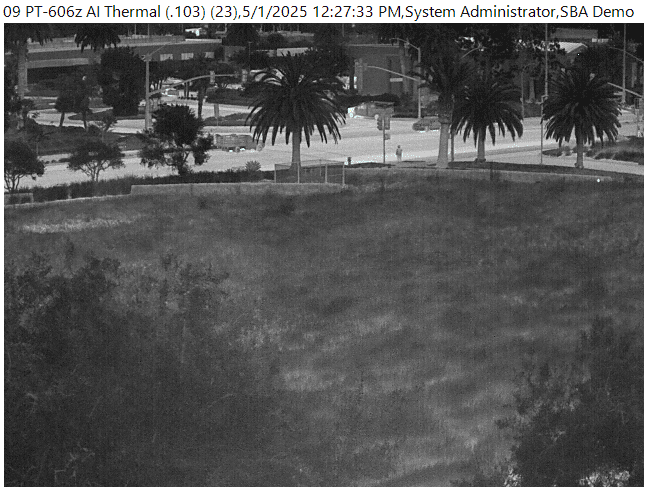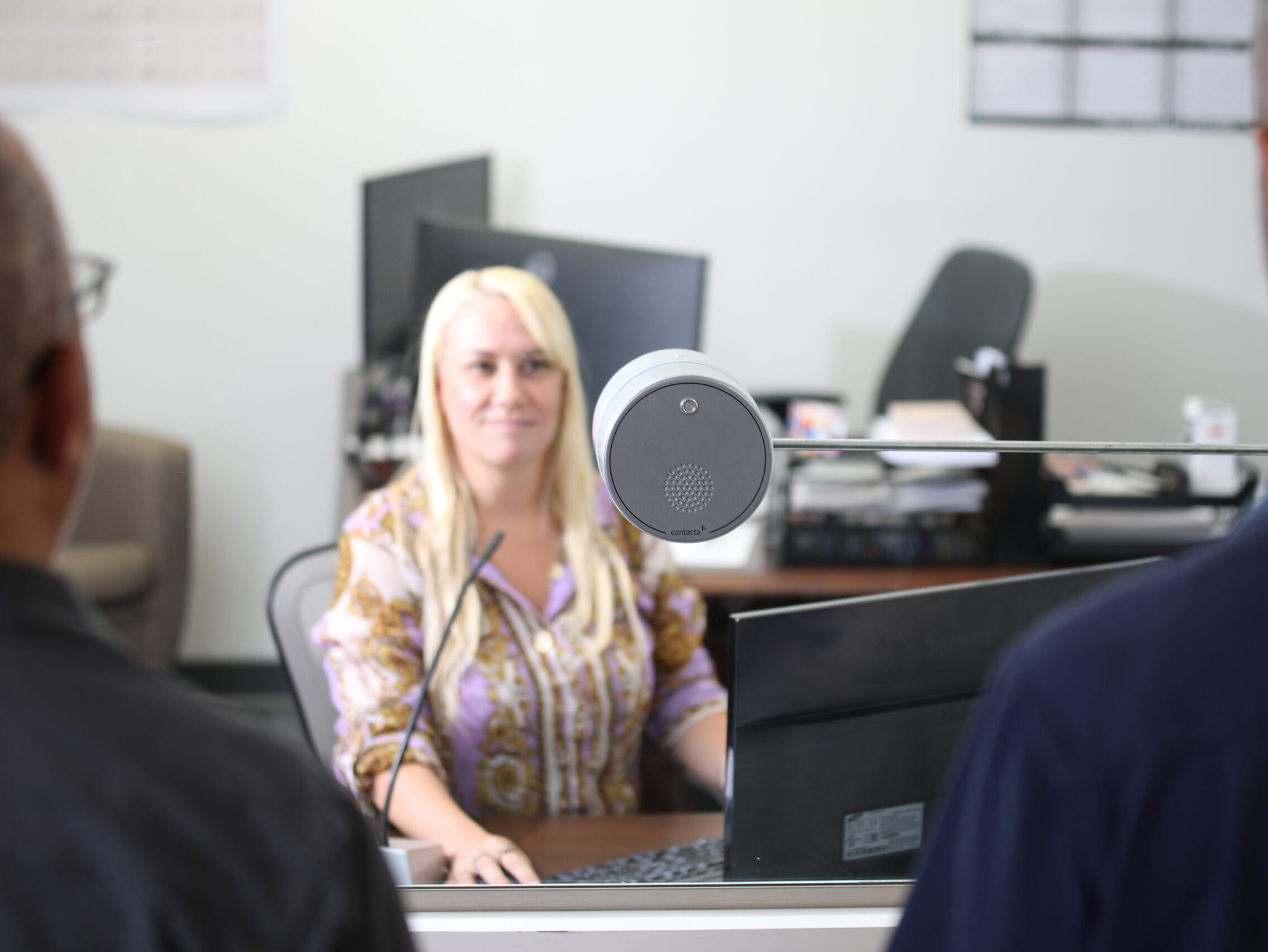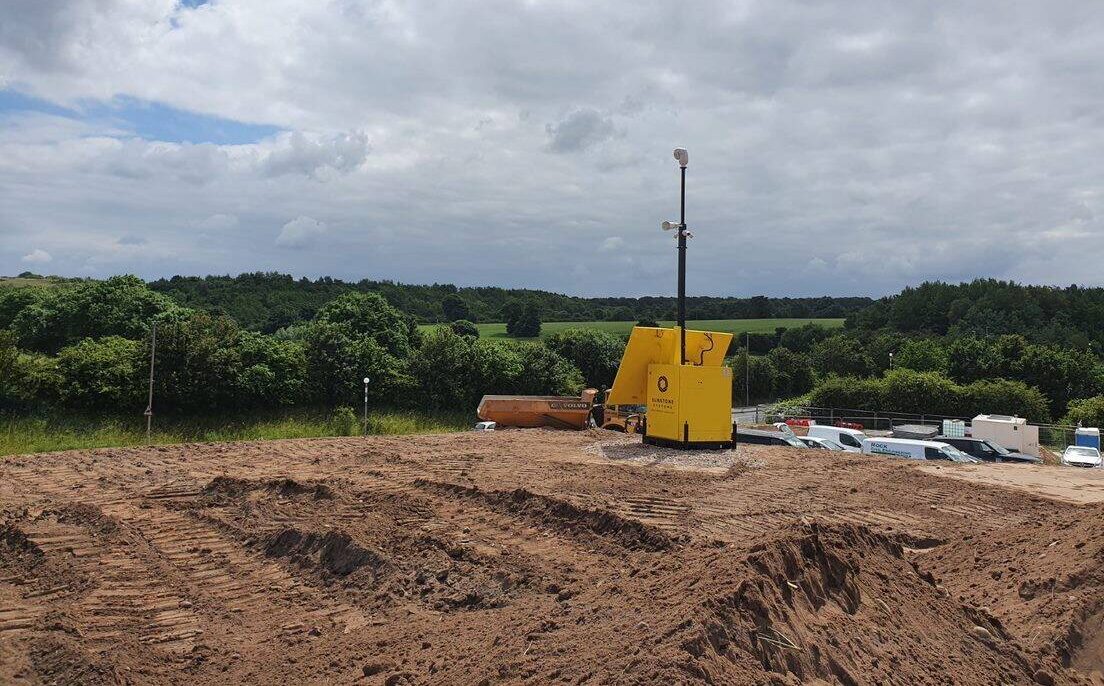Whether it is 4.2 million (as has often been claimed) or 1.85 million (as suggested by recent research carried out by the Deputy Chief Constable of Cheshire), the number of CCTV cameras in the UK is still more than sufficient to create a need for a wide range of CCTV training providers. After all, notwithstanding the legal requirements, it is in everyone’s interest that CCTV operators and analysts are fully equipped to do the job.
Typically, and understandably, the focus of training has been on the technological (understanding how the equipment works and how you can operate it) and the legal (understanding what the law requires you to do and what the law allows you to do). But is there a case for arguing that more emphasis should be placed on understanding ‘you’?
No step in the CCTV process life cycle is without some human involvement and whilst, as a species, we are in many respects highly sophisticated, we are also fallible. As Alexander Pope, the 18th century English poet, famously wrote: “to err is human”. Of course, no one sets out to make mistakes but there are a number of reasons why we all do and in the case of CCTV operators and analysts, simple errors can easily accumulate with surprising and often highly significant consequences. However, by including modules on Human Factors within the training programme, trainees can be made aware of the types of mistake they are likely to make and how to avoid them.
In order to address these Human Factors within CCTV training, two different perspectives need to be considered – the environmental and the behavioural.
Environmental
As far as the first perspective is concerned, the critical issue is the design of the working environment. CCTV operation and analysis can involve long periods of sedentary focus on a screen or bank of screens and it is well known that this can lead to drowsiness, dry eyes and other physical discomforts that reduce efficiency and degrade visual performance. Whilst training providers can’t themselves change the working environment, they can help to prepare their trainees and make them aware of the issues that could impact on their efficiency.
For example, are the workstations correctly set up for long periods of use? Is the ambient lighting and temperature conducive to prolonged concentration? Have external disturbances and distractions been minimised? Being aware that these issues can have a significant effect on one’s performance can only help trainees to prepare themselves for the reality of work as CCTV operators or analysts and, ultimately, increase their productivity as well as their job satisfaction.
Whilst all CCTV training programmes cover the mechanics of using the essential CCTV software, it is also important to explain how their displays and functions can impact on performance levels. The layout of multiple screens can be visually challenging and affect an individual’s monitoring behaviour. Many CCTV operators are required to operate a mix of different menu structures and controls and this can lead to operational errors resulting in the loss of critical data. Once again, whilst trainers cannot change the reality, they can, and should, help their trainees to be conscious of the implications.
When it comes to the question of job design, we start to move from the environmental to the behavioural. Shift patterns; the pressures generated by the need to get answers quickly before the advantage is lost; reporting structures and working procedures; internal communications and the external demands of other agencies – all of these things are pertinent to the CCTV operator and analyst and can lead directly or indirectly to a cascade of small errors that can quickly become significant.
Behavioural
The human brain is wired so that it can quickly make sense of the world. This evolutionary development has, much to our general advantage, enabled us to make quick decisions and react accordingly. But, in the context of the modern world where sophisticated nuances are required, it can have highly disadvantageous consequences.
Whilst the eye takes in a phenomenal amount of detail, the brain filters out much of this information. It is a mechanism that has helped ensure the survival of our species. However, it is also a mechanism that can be counter-productive in the CCTV control room. Experience, bias and concentration levels all play a role in how we decide to interpret what we see and, critically, determine what we decide to look at next and how we interpret that visual information. The significance of this phenomenon for CCTV training is that when trawling through 1000s of hours of video footage, human nature can drive us to take short cuts, to build up a picture of what we think we are seeing based on what may be, from the outset, a false premise. One initial error can all too often be the first step on an inexorable journey in the wrong direction. Indeed, the Crown Prosecution Service (CPS) has on many occasions rejected cases because of the flawed logic in the flow of the CCTV evidence presented.
Whether we like it or not we are all biased (and even if we are aware of it, we can easily be inclined to over-compensate. By making a conscious decision to overcome our prejudices and preconceptions, we end up exhibiting an inverted bias.) We have a natural tendency to group people into categories and to make snap judgements based on this stereotyping. Not surprisingly, this can have a significant impact on the way we interpret behaviours and form opinions and we then start to look for other behaviours that confirm our beliefs, ignoring those that might contradict our hypotheses. We only have to look at the press coverage of individuals held for questioning to see how easy it is to put two and two together and make five.
If you apply this tendency to the forensic analysis of CCTV footage, where other information is often missing, it is all too easy to understand why it is that operators and analysts seem to find ‘evidence’ in support of a case that simply does not stand up in the eyes of the CPS. When the operator is tired and, quite possibly, under pressure to produce results quickly, the effect is only magnified.
What this means in practice
Nothing that has been said so far should come as a huge shock to anyone but all too often, the immense significance of Human Factors is underplayed, if not ignored, in the training of CCTV operators and analysts. This can only be to the detriment of successful CCTV operations since equipping people to understand themselves and their natural tendencies can have a dramatic impact on their productivity, the quality of their output and the ultimate outcome of investigations and prosecutions.
Just consider some of the following well-established human traits that can easily lead operators and analysts down the wrong path but could also be easily mitigated by the inclusion of Human Factors in their training.
Change Blindness: a psychological phenomenon that results in the observer failing to notice a difference, or differences, in two images.
Inattentional Blindness: a failure to notice something that is in plain sight because of too many other visual stimuli.
Expectation Bias: a natural tendency to ‘see’ what we expect to see and disregard anything that contradicts our expectations.
Asymmetrical Scepticism: an assumption that evidence in support of a belief we hold is inherently more reliable than evidence that contradicts it.
If the above examples seem rather too abstract and theoretical, just remember the experiment, often repeated purely for the purposes of entertainment, in which an audience is instructed to watch a particular activity on stage very closely and simply doesn’t see the dancing gorilla in the background. You can easily find the video on YouTube.
Clearly, these perfectly natural human instincts, instincts which we all exhibit to a greater or lesser degree, are of profound importance to the effectiveness of any CCTV operator or analyst. Failing to incorporate them in any CCTV training programme must surely lead to an endless repetition of the mistakes and errors of judgement that have been made in the past. On the other hand, including Human Factors in the course curriculum can only help to enable trainees to undertake the complex cognitive task of image analysis more effectively and optimise their performance in whatever working environment they might find themselves.
Written By Nikki Heath, CEO of Symbiotics Ltd
Contact
www.symbioticsltd.com




























